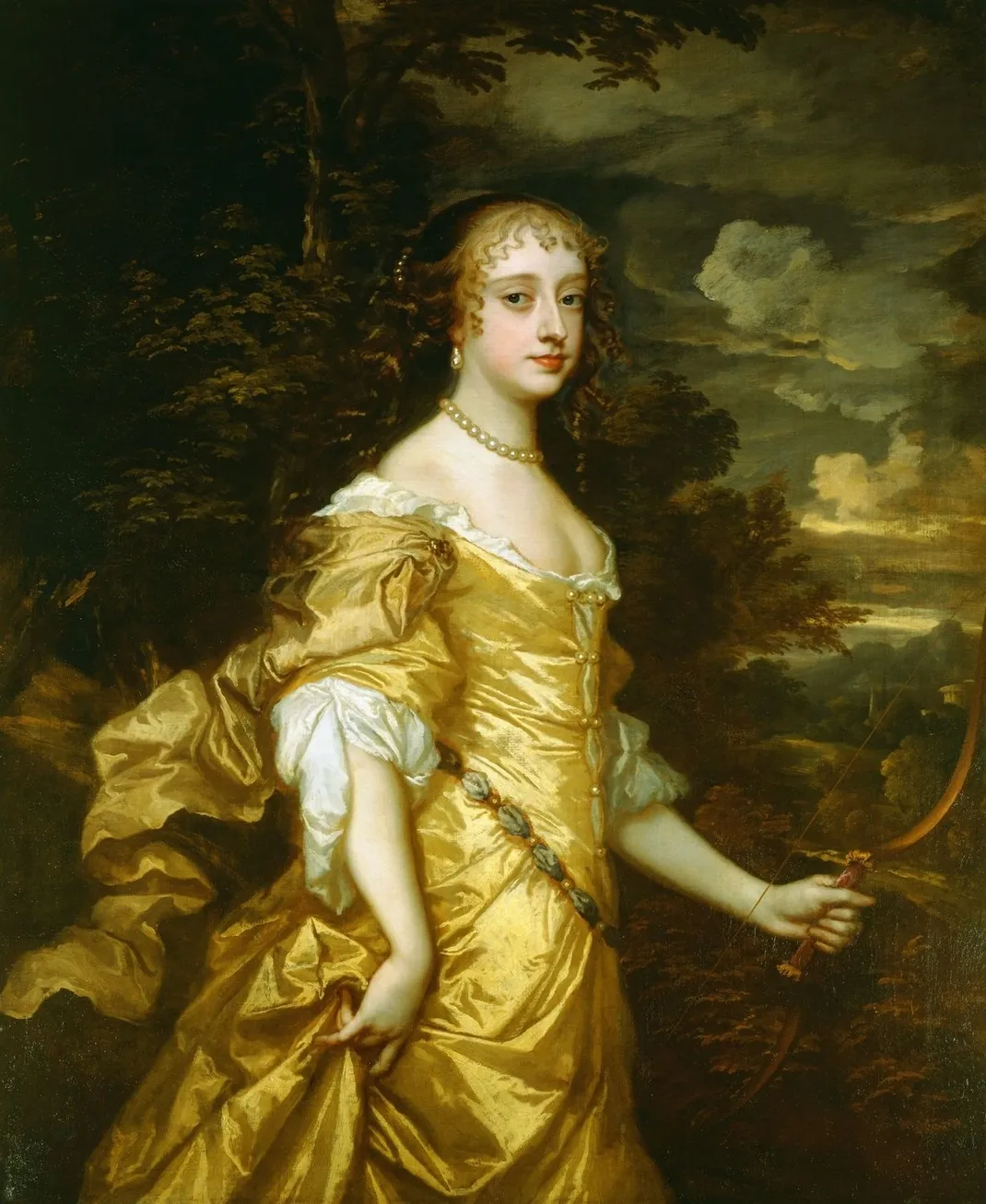The Jane Austen £10 Note Extends the “Ladylike” History of British Money
The beloved novelist is the latest icon in the Bank of England’s long—and fraught—tradition of gendering finance
/https://tf-cmsv2-smithsonianmag-media.s3.amazonaws.com/filer/89/b4/89b453ad-2262-4ddb-9ee5-e0005f3e73c7/file-20170911-1380-1f88e6m.jpg)
Jane Austen enters circulation this month as the new face of the Bank of England £10 note. It is a fitting choice – as Austen increasingly passes through hands and wallets, the nation will be helped to remember that 2017 marks the 200th anniversary of the celebrated author’s death.
Yet Austen was not the first choice to grace the banknote. Four years ago, the Bank of England invited a storm of protest when it announced it was replacing the only woman on a British banknote – Elizabeth Fry – with a portrait of Winston Churchill. A petition was launched, accusing the bank of infringing the Equality Act and encouraging it to find a suitable female replacement.
The bank’s initial decision to efface women from its banknotes was not just potentially discriminatory, it also showed a lack of interest in the heritage of Britain’s currency. From the turn of the 18th century, when the British relationship with money began to take its modern shape, finance was gendered as female.
The most enduring face of British money over the centuries has been that of a woman: Britannia. In 1694, the newly-founded Bank of England decided that the image used as its common seal should be that of “Britannia sitting and looking on a bank of mon[e]y”.
**********
Britannia had a living model in the form of the famed court beauty, Frances Teresa Stuart. King Charles II was madly in love with Frances, yet she spurned his amorous advances and refused to become his mistress.

It was Charles who instructed the engraver, John Roettier, to use Frances as a model for Britannia, initially for a gold medal of 1667 to commemorate a military peace with the Dutch.
The honour did not elicit the reward the king likely intended: within months, Frances ran away with the Duke of Richmond and married him, and in this way escaped Charles’s bed for good.
But Britannia wasn’t the only way finance was gendered as female. Writing in his celebrated work of early journalism, The Spectator, Joseph Addison dedicated an entire issue to the subject of the Bank of England. In this issue from March 1711, Mr Spectator finds himself walking past the bank and looking into its great hall. He reflects on:
The many Discourses which I had both read and heard concerning the Decay of Publick Credit, with the Methods of restoring it, and which, in my Opinion, have always been defective, because they have always been made with an Eye to separate Interests, and Party Principles.
Standing on the brink of Brexit, his words resonate clearly with current concerns over the handling of Britain’s economy.
That night, Mr Spectator dreams of the bank in an instructive fable warning against the financial dangers that would arise under rival political interests. And at the heart of his vision, sits a woman:
I saw towards the Upper end of the Hall, a beautiful Virgin seated on a Throne of Gold. Her Name (as they told me) was Publick Credit.
Mr Spectator writes that the walls of the hall were adorned with the symbols and documents of government: the Magna Carta; the Act of Uniformity, Toleration and Settlement that enshrined constitutional government under a Protestant monarchy; and further acts “made for the Establishment of Publick Funds”. And he comments upon the pleasure, and protective air, the lady takes when looking upon these important writings

Before long, however, phantasmal creatures representing rival political interests approach, and Publick Credit’s appearance and health is transformed. “She would fall away from the most florid Complexion and the most healthful State of Body, and wither into a Skeleton.” Thankfully, the figures of Liberty, Monarchy, Religious Toleration and Genius save the day, entering the bank and reviving Publick Credit, who lies dying on the floor.
The meaning of the vision is clear. Addison’s beautiful virgin embodies the economy, and she looks after the state, its laws and prosperity. Despite this power, she can fall victim to political machinations which threaten her very survival. The economy’s health is dependent upon good government, and at the centre of that economy beats a female heart.
**********
A decade later, the artist William Hogarth took inspiration from Addison’s writing, translating Mr Spectator’s vision into an engraved image that satirised the government’s use of public lotteries to reduce the national debt. His work, The Lottery, shows us a female National Credit sitting on a throne, while figures representing Misfortune, Grief, Sloth, Despair and others argue on the floor below. Hogarth here endorsed the idea, yet again, that credit was a female entity.

In these early days of public banking, Britain’s economy needed to be understood as a beautiful virgin if it was to be properly protected: it needed to be kept pure, free from party politics and other forms of financial corruption. Men controlled money, and it was their responsibility to secure its safety and health, just as it was their legal responsibility to secure that of their wives and daughters.
The satirical cartoonist, James Gillray, sought to make the same point at the close of the century. In 1797, he produced his famous image Political Ravishment or The Old Lady of Threadneedle Street in Danger, showing a female Bank of England. Dressed in newly issued bank notes, she recoils from the sexual advances of the prime minister, William Pitt the Younger. It is, of course, the bank’s money and not her ageing looks that drives Pitt on as he jangles gold coins from the pocket of her skirt.
The gendering of finance as female in the early days of banks doesn’t reveal, as we might first think, the empowerment of women. But it does remind us that early commentators like Addison, Hogarth and Gillray used gender to draw their public’s attention to a certain air of caution – a type of ethical and moral code – that should be applied to what William Wordsworth would, a century later, describe as our obsession with “getting and spending”.
So each time we encounter Jane Austen, in her beribboned cap, staring out at us from the £10 note, we should remember that in the cultural imagination women have long been represented as the face of credit. And early writers and artists gendered finance as female in order to remind us of the diligence and care we should take in protecting it.
This article was originally published on The Conversation.
Claudine van Hensbergen, Senior Lecturer in Eighteenth-Century English Literature, Northumbria University, Newcastle